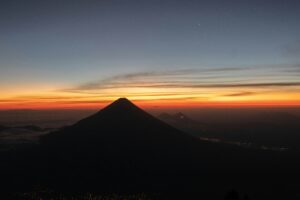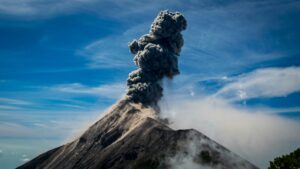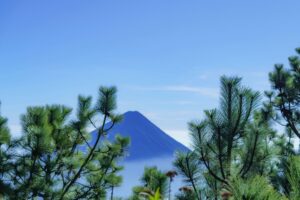
Acatenango Elevation Guide: How to Handle Acatenango Altitude Sickness
Towering proudly in Guatemala’s volcanic landscape, Acatenango stands as a majestic peak, luring adventurers to conquer its heights. As we ascend to the summit, we encounter the challenge of acclimatizing to the soaring Acatenango elevation. In this comprehensive guide, we navigate the intricacies of acclimating to the altitude, ensuring a safe and enjoyable hike while exploring Acatenango’s allure.
Understanding Acatenango Elevation
At an impressive height of 3,976 meters (13,045 feet), Acatenango boasts a commanding presence, attracting outdoor enthusiasts eager to explore its volcanic beauty. With its proximity to Fuego Volcano, witnessing the eruptions against the sky is an ethereal sight that captivates trekkers. But along with this enchanting allure comes the challenge of acclimating to the Acatenango elevation.
Acatenango Elevation Gain: A Gradual Ascent
The journey to the summit of Acatenango entails a gradual elevation gain, necessitating acclimatization. The trail commences at a lower altitude and ascends steadily, allowing trekkers to adjust to the increasing elevation. This gradual climb provides ample opportunities to acclimate while savoring the diverse landscapes and panoramic vistas that unfold with each step.
Acatenango Volcano Elevation: Altitude at its Pinnacle
As we near the apex, Acatenango volcano elevation reaches its zenith, offering a panoramic view that makes the journey worthwhile. However, this higher altitude presents a new set of challenges, including lower oxygen levels and thinner air, which can lead to altitude sickness if not managed appropriately.
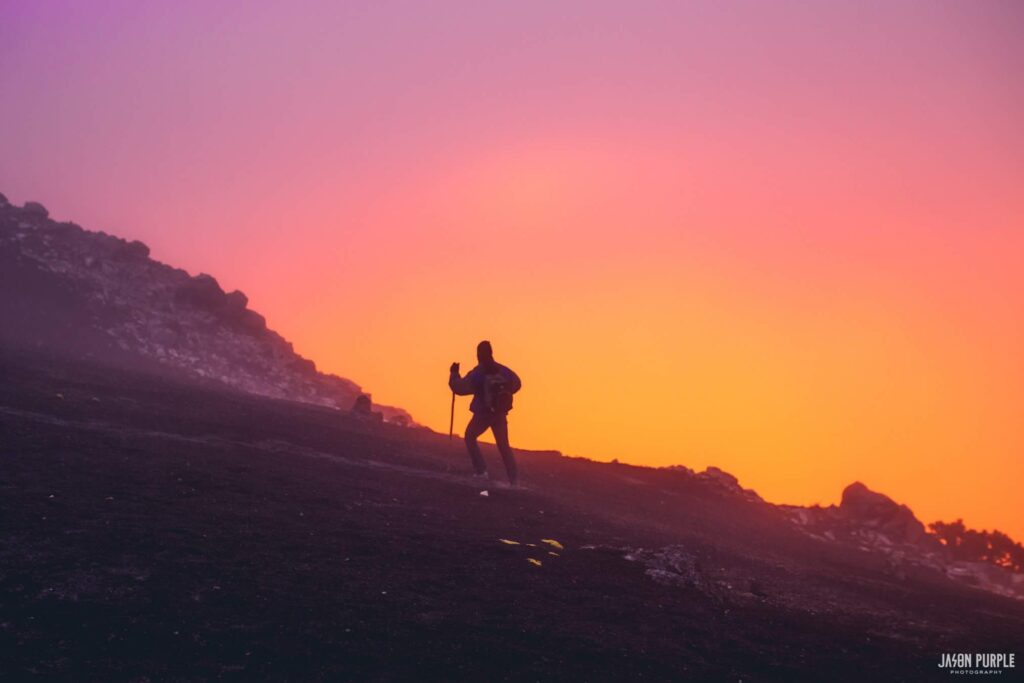
Understanding Altitude Sickness
Altitude sickness, also known as acute mountain sickness (AMS), occurs when ascending to high elevations without proper acclimatization. It is essential to recognize the symptoms of altitude sickness to address it promptly. Common symptoms include headaches, dizziness, fatigue, shortness of breath, nausea, and difficulty sleeping.
Tips to Handle Acatenango Altitude Sickness
Tip 1: Gradual Ascent and Acclimatization
To handle Acatenango altitude sickness, gradually ascend and acclimatize. Spend a few days in Antigua (1545m) before the hike to adjust. The trek begins from La Soledad (2491m), then camp at 3600m for the best Fuego views. The summit is at 3976m. Give your body time to adapt to the changing conditions and reduced oxygen levels, ensuring a safer and more enjoyable ascent.
Tip 2: Stay Hydrated and Eat Well
Proper hydration and nutrition are essential for managing altitude sickness. Drink plenty of water throughout your trek to stay hydrated and avoid alcohol and caffeine, as they can contribute to dehydration. Eat well-balanced meals to maintain your energy levels and support your body during the ascent.
Tip 3: Listen to Your Body
Listen to your body and be mindful of any signs of discomfort or altitude sickness symptoms. If you experience mild symptoms, consider taking a rest day to allow your body to adjust before continuing your ascent. It’s essential not to push yourself too hard, as altitude sickness can worsen if ignored.
Tip 4: Medication and Oxygen
Certain medications, such as acetazolamide (Diamox), can help prevent and manage altitude sickness. Consult with a healthcare professional before your trek to discuss the use of such medications. If symptoms become severe, descent to lower elevations may be necessary, where oxygen levels are higher.
Tip 5: Travel with a Guide
Consider hiring a local guide who is experienced in Acatenango treks and familiar with the symptoms of altitude sickness. A knowledgeable guide can monitor your well-being, offer advice, and make informed decisions about your ascent based on the conditions and your health.
Tip 6: Hygiene and Sanitation
Maintaining good hygiene and sanitation practices during your trek is essential for preventing illnesses that could exacerbate altitude sickness. Carry hand sanitizers, avoid drinking untreated water, and properly dispose of waste to minimize the risk of gastrointestinal issues.
Tip 7: Be Weather-Prepared
Be prepared for changing weather conditions during your Acatenango trek. Weather at high altitudes can be unpredictable, so bring appropriate clothing layers to stay warm and dry. Proper gear and preparation contribute to your overall well-being during the ascent.
Volcan Acatenango Altitude: The Triumph of Conquering Heights
As trekkers approach the summit of Acatenango, the altitude brings a sense of triumph and achievement. The panoramic view from the peak rewards their efforts, providing an unrivaled vista of neighboring volcanoes and Guatemala’s stunning landscapes. The beauty of the surrounding terrain makes every moment spent acclimating to the Acatenango elevation worth it.
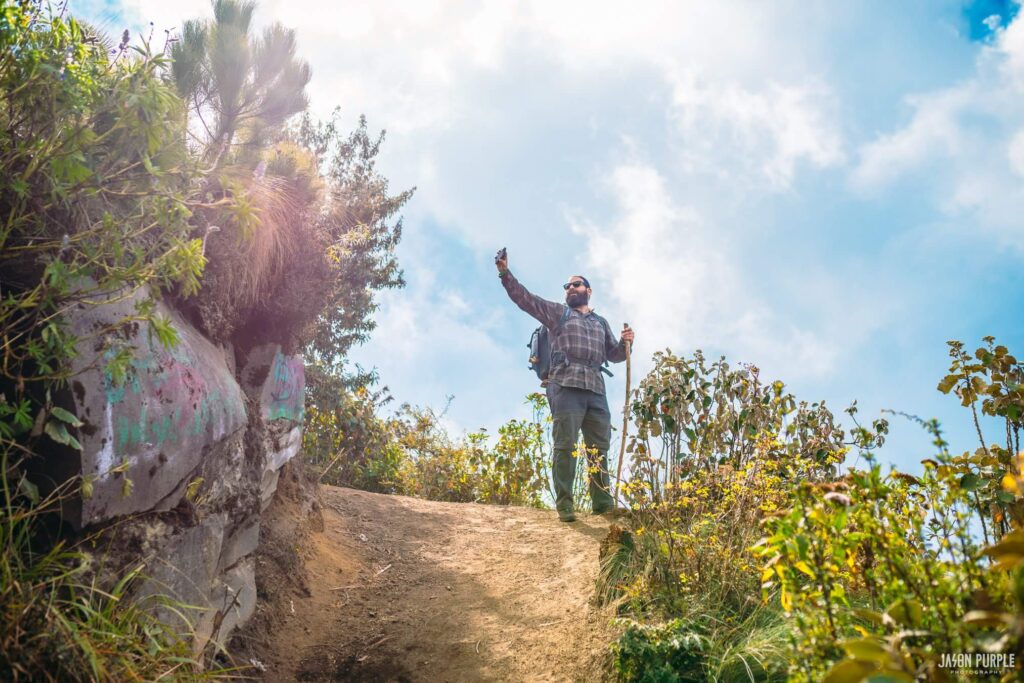
Respecting the Mountain and Its Elevation
While conquering Acatenango is an adventure of a lifetime, it is essential to remember the impact of our actions on the environment and the delicate ecosystem of the volcano. As responsible travelers, let us leave no trace of our presence, respecting the mountain and preserving its pristine beauty for generations to come.
Conclusion
Handling Acatenango altitude sickness requires preparation, patience, and self-awareness. By understanding the symptoms, taking gradual steps, and allowing your body to acclimate, you can enjoy the awe-inspiring journey without compromising your health. As you conquer the heights of Acatenango, remember that safety should always be a top priority. With proper planning, acclimatization, and the guidance of experienced professionals, your trek to Acatenango can be a safe and memorable adventure, leaving you with cherished memories of the breathtaking landscapes and the triumph of conquering this volcanic wonder. So, lace up your hiking boots, embrace the journey, and let the allure of Acatenango guide you on an ascent to remember!


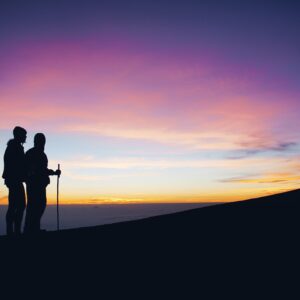 Previous Post
Previous Post Next Post
Next Post